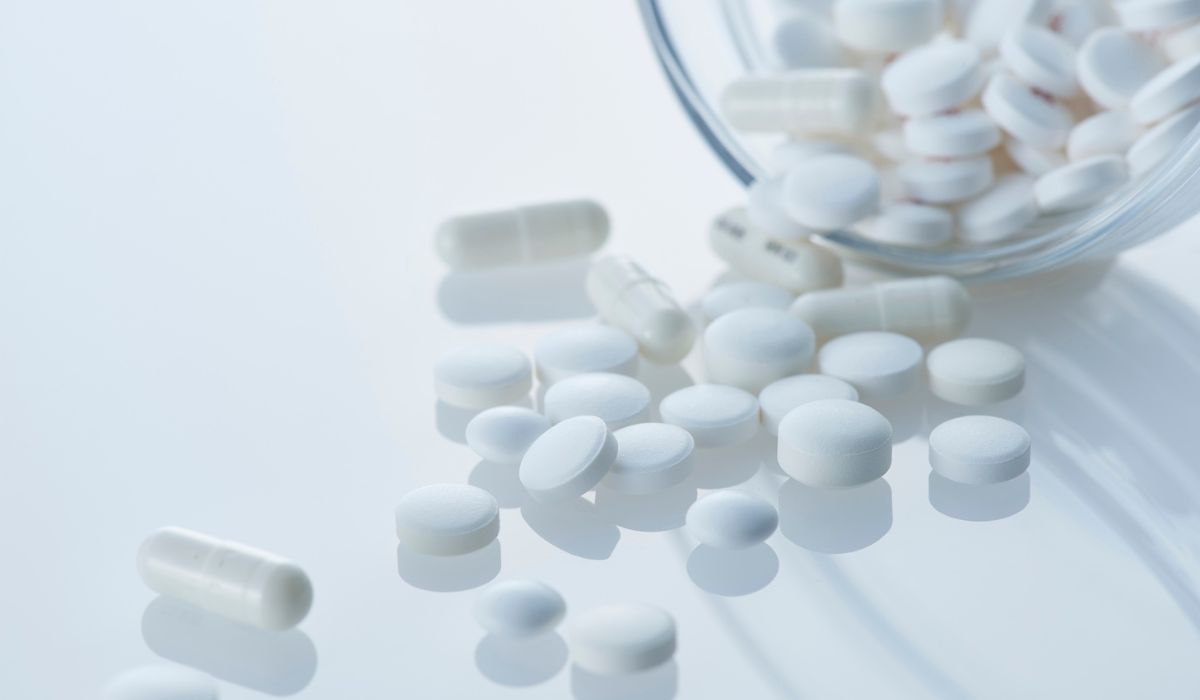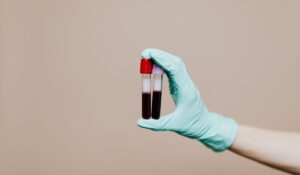Does Tramadol Show Up in a Drug Test?
Tramadol is a pain medicine that is often used for people who need help with pain management. Many people wonder: does tramadol show up in a drug test? The answer is yes, but how it shows up depends on the type of test, the dose, your metabolism, and other health factors.
At Lynk Diagnostics, a trusted drug testing center for rehab facilities, patients and families often ask about tramadol detection. This article will break down everything you need to know in simple terms, so you understand how this opioid-like analgesic works and how it can be detected in the body.
What Is Tramadol?
Tramadol is a medication approved by the Food and Drug Administration (FDA) to treat moderate to severe pain. It is a central nervous system drug that acts as an analgesic and affects the brain by changing how your body feels pain.
- Tramadol is considered a synthetic opioid but is not as strong as drugs like fentanyl, oxycodone, or morphine.
- It also affects serotonin and norepinephrine, two brain chemicals linked to mood and pain.
- Tramadol comes as a tablet, capsule, or sometimes an injection.
Because of its potency and risk of addiction, tramadol is listed under the Controlled Substances Act and is monitored by the Drug Enforcement Administration (DEA).
How Does Tramadol Work in the Body?
When a patient takes tramadol, it goes through the gastrointestinal tract and then to the liver, where special enzymes like CYP2D6 break it down into metabolites.
- The drug’s metabolism depends on genetics and enzymes in the body.
- Some people break down tramadol faster or slower because of their DNA.
- The metabolite of tramadol is more powerful than the drug itself and can create feelings of euphoria.
This is why tramadol must be prescribed carefully by a physician or health care provider and why testing may be needed.
Why Is Tramadol Tested?
Tramadol may be tested for several reasons:
- Employment screening: Many jobs require a drug test.
- Rehab and treatment programs: To check sobriety and adherence.
- Health care monitoring: To make sure a patient is using the right dose.
- Law enforcement: Because tramadol is a narcotic and can be misused.
Organizations like the Centers for Disease Control and Prevention (CDC) highlight the risks of the opioid epidemic, and tramadol is included in toxicology screenings.
Types of Drug Tests for Tramadol
Tramadol does not always show up on standard 5-panel drug tests that look for drugs like codeine, phencyclidine (PCP), or methamphetamine. But advanced laboratory screenings can detect tramadol and its metabolites.
Urine Test
- The most common method.
- Can detect tramadol for 2–4 days after use.
- Urine tests are used in workplaces, rehab, and health checks.
Blood Test
- Shows tramadol for 12–24 hours after use.
- Measures concentration of the drug in the blood.
- Useful for toxicology reports in emergencies.
Saliva Testing
- Detects tramadol for about 24 hours.
- Non-invasive and fast, often used in roadside or workplace tests.
Hair Follicle Test
- Can detect tramadol for up to 90 days.
- Looks at drug stored in the hair over time.
- Often used in legal cases or long-term monitoring.
Sweat / Perspiration Testing
- Less common, but perspiration patches can track use over days.
How Long Does Tramadol Stay in the Body?
The clearance of tramadol depends on:
- Metabolism (fast or slow enzyme activity)
- Dose and frequency of use
- Route of administration (tablet vs. injection)
- Health conditions like kidney disease or liver disease
- Other substances such as alcohol, ibuprofen, or other medications
On average:
- Urine: 2–4 days
- Blood: up to 24 hours
- Saliva: up to 1 day
- Hair: up to 90 days
Tramadol, Health, and Risks
Even though tramadol helps with pain management, it has risks.
- May cause nausea, insomnia, or changes in heart rate.
- Can interact with antidepressants and raise the risk of major depressive disorder or anxiety worsening.
- Long-term use may lead to substance abuse or addiction.
Tramadol misuse can also lead to disease, both physical and mental. That’s why mental health treatment and therapy are often part of rehab programs.
Tramadol and Other Substances
Mixing tramadol with other substances can be dangerous:
- Alcohol: Can slow the central nervous system and increase overdose risk.
- Opiates like codeine, fentanyl, or methadone: Can increase sedation.
- Buprenorphine: May trigger withdrawal symptoms.
- Psychology and therapy experts often warn against mixing medicines.
Role of Testing in Recovery
At Lynk Diagnostics, drug testing is a tool for rehab and treatment programs. Testing helps:
- Track a patient’s sobriety.
- Support mental health treatment.
- Give accurate laboratory data for physicians.
- Ensure safety in the opioid epidemic.
Insurance and Testing
Most insurance plans cover drug testing when it is part of treatment programs. Patients should check with their health care provider or rehab center about coverage.
Expert Insights on Tramadol
Medical experts such as MedlinePlus, the Centers for Disease Control and Prevention (CDC), and the Food and Drug Administration (FDA) provide information about tramadol. These trusted sources stress:
- The importance of physician monitoring.
- Risks of addiction and misuse.
- Safe therapy options for people struggling with pain and mental health.
FAQs About Tramadol and Drug Tests
Does tramadol show up in a drug test?
Yes, tramadol shows up in advanced drug tests like urine, blood, saliva, and hair follicle tests.
How long does tramadol stay in urine?
A urine test can detect tramadol for 2–4 days, depending on dose, frequency, and metabolism.
Can tramadol cause a false positive?
Standard tests may not always detect tramadol. However, toxicology screenings can confirm results and lower the risk of false positives.
Is tramadol addictive?
Yes. Tramadol can cause dependence, especially if misused. It is a narcotic under the Controlled Substances Act.
Why do rehab centers test for tramadol?
Rehab centers like those supported by Lynk Diagnostics test for tramadol to support sobriety, treatment programs, and safe mental health care.
Final Thoughts
So, does tramadol show up in a drug test? Yes. Depending on the test type, tramadol can be found in the body from 1 day to 90 days. Because of its potency and risks, careful monitoring, therapy, and rehab support are important for patients.
At Lynk Diagnostics, testing is more than a lab result—it’s part of a treatment program that protects health, supports sobriety, and gives patients the best chance at recovery.
Sources
U.S. Food and Drug Administration (FDA) – Tramadol Information
https://www.fda.gov/drugs/postmarket-drug-safety-information-patients-and-providers/tramadol-informationMedlinePlus – Tramadol
https://medlineplus.gov/druginfo/meds/a695011.htmlCenters for Disease Control and Prevention (CDC) – Opioid Basics
https://www.cdc.gov/








